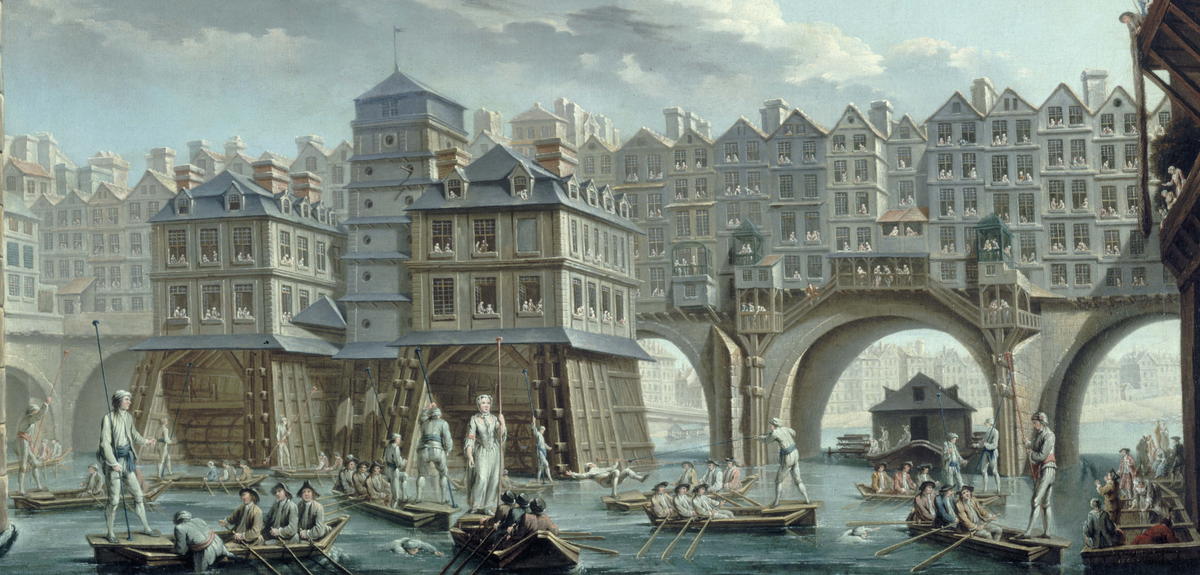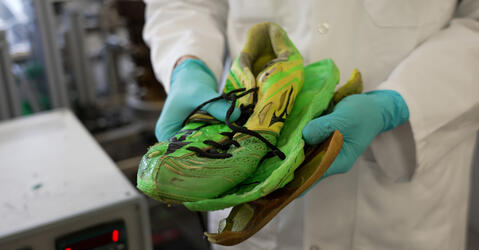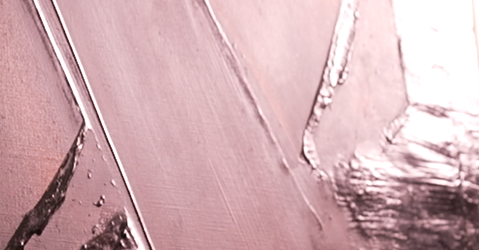You are here
The People of the Seine: an audioguide through time
These are the long lost voices of tripe merchants, fruit vendors, ferry passengers. All were Parisians from the 18th century whose daily lives depended on the Seine river.
The humble stories of these men and women are being brought to light by an unusual research project led by a historian and a sociologist. Everyone can dive into these scientists results - all you need is a connected device and a pair of headphones.
19 stories take the listener back to a time when this neighborhood was the social and commercial backbone of the capital.
These audiojourneys through time all began as police reports, complaints, urban plans - administrative documents dating back several centuries.
The sources reveal what seem like mundane facets of Parisian life. But these nuggets of everyday activities allow the Historians to piece together the tales of those they have dubbed « the People of the Seine ».
Every time Isabelle Backouche opens up one of these cases, she uncovers anecdotes and accounts of those who lived and worked on the banks of the Seine - stories that don't usually make their way into History textbooks…
Isabelle Backouche – Historian
43s
To understand the importance of the Seine in 18th century Paris, We had to visit several archive repositories and collections. For the 18th century, I mainly searched the city’s archives – the municipal department which was in charge of dealing with day-to-day urban problems. They included what took place near the river.
The second important authority with stakes in the river and its infrastructure was the king. Paris was the capital of a highly centralised country in the 18th century, and the royal household had its say when there were projects to build a royal square, or demolish houses built on the bridges.
The day to day problems recorded in these archival documents allowed Isabelle Backouche to portray 19 Parisians whose livelihoods depended directly on the Seine.
Isabelle Backouche – Historian
17s
There’s the portrait of a textile dyer, a laundry worker, a tripe seller… We also meet those who transported people on the river. There were many river boats used to go on a Sunday picnic in the nearby town of St. Cloud. Each of these stories depicts a service provided by the river…
In order to share these discoveries with the Parisians of today, the researchers had to invent what they call a “sound module”. Michèle Cohen joined the team to contribute her experience in radio broadcasting and advertising.
She worked alongside a sound engineer and a director to produce the 19 sound modules and recreate the sounds of the past.
Michèle Cohen – Artistic Director
28s
My task was really all about translating very accurate scientific knowledge into texts and sounds that not only remained faithful to the scientific research, but were also moving, joyful and clear to today’s listeners, who are not in class or attending a conference.
Here are the listeners that the scientists wish to reach with these enhanced and updated archives : passersby out on a morning stroll, tourists or lovers all those who end up somehow on the banks of the great Parisian river - and who may wish to learn more about its history.
Sarah Gensburger – Historian
20s
Our main topic is the city of Paris. If we were to use archival images, we wouldn’t be looking at the Paris of today. We’d be looking at the past. We wanted today’s Paris revitalized trough the use of sounds and stories from the past. Sounds, words are full of emotions, vibrations ups and downs that you can’t get from pictures. (ouf. Pas très Claire)
For the past several years, a cornerstone of Paris’ urban planning has been to pedestrianize the Seine’s banks. In a way it’s a revival of the area’s primary purpose as a bustling riverfront hub.
The many river activities were then gradually abandoned in the 19th century as merchandise transportation intensified on the French waterways…
Sarah Gensburger – Historian
32s
In the 18th century, the Seine’s riverbanks were covered in sand. In a way, when the City Hall started installing sand every summer to create the Paris Plage beaches, it was just copying the 18th century. Back then it was a very important urban space. Today, it’s where you stroll, it’s quiet. At the time, it was a vibrant economic hub, a social center teeming with life, noises, smells, people shouting, arguments and emotions. This is what we have tried to recreate with the “People of the Seine project.”
“The People of the Seine” is but a hint of a wider, more ambitious project in the making called « The people of Paris. » It will encompass the whole city and not just the river banks. In a few years, we may be able to tour the French capital with this same system of sound modules and wander through both neighborhoods and eras. In the meantime, the Seine has already opened itself to visitors eager to travel the winding roads of time…
A Paris Journey through Time
Paintings and engravings show us what 18th century Paris looked like. But what did it sound like? A group of researchers has created an audioguide that revisits the stories of those whose livelyhoods depended on the Seine river. These historically accurate enhanced archives allow anyone to stroll through the bustling neighborhoods on the riverbanks. An audio journey through time...
Isabelle Backouche - Historian (EHESS-CRH)
Michèle Cohen - Art director
Sarah Gensburger - Sociologist (CNRS-ISP)





